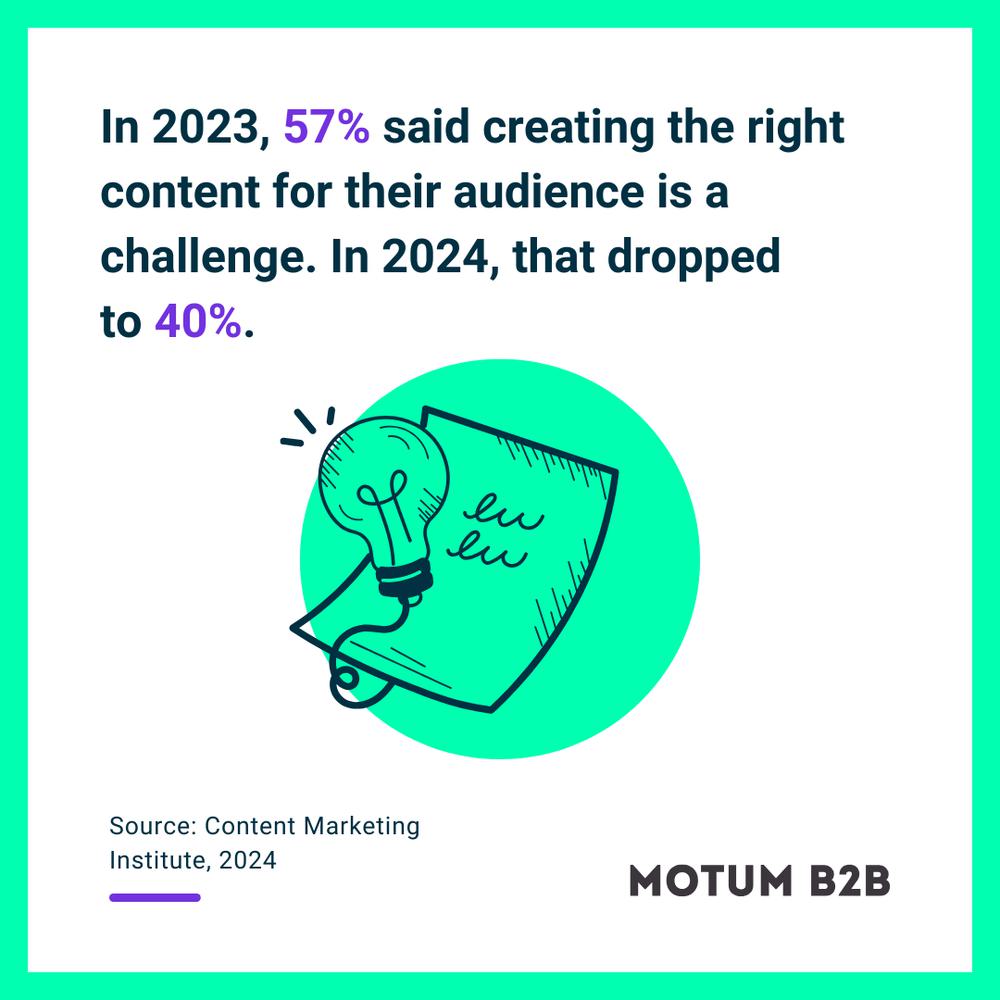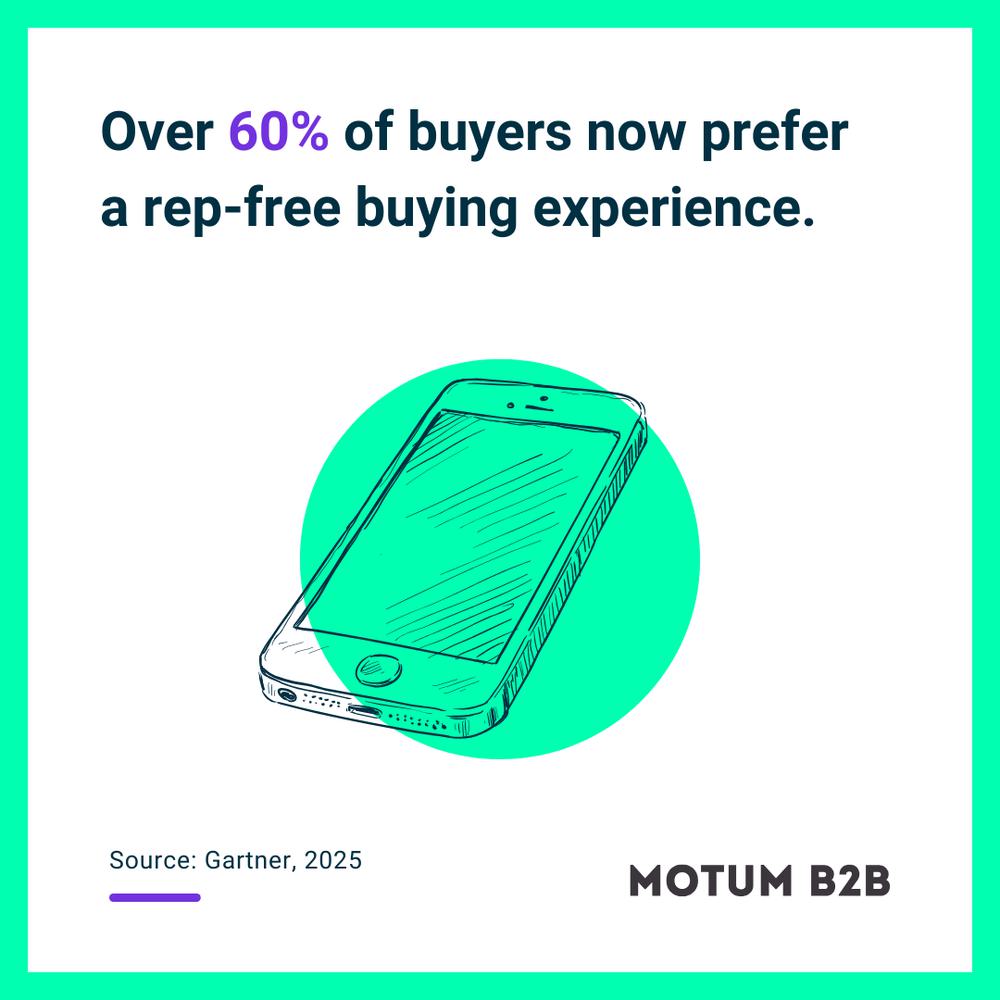What can your B2B business learn from a fresh competitive analysis?
From revealing findings about your industry to pinpointing your customer's buying journey, find out why it’s time you revisited your competitive analysis.

No matter how specific your product, service, or offering, there’s a good chance you’re going to have some competition.
While you may see that competition as something threatening, there's more to learn from it than you think. Here are five reasons you should be refreshing your competitor research.
Refining your customer’s buying journey
With longer sales cycles, a more considered and researched approach to buying, and repeat purchasing patterns that are typically founded on loyalty, B2B buying is a different beast from B2C. For that reason, there’s a lot that goes into fostering that journey with new and existing customers and a lot that B2B companies have to do to meet them along the buying journey.
If you know who your competitors are, it’s worth engaging with these businesses with the mindset of a potential buyer to see how they’re doing exactly that. If you sign up to their newsletter, are the insights you receive helpful, and does the cadence of emails feel right? What assets are available on their website, and does it work to endear you to the product and answer any tricky questions? How does the business engage with people on social media, and do you feel it works well?
By answering these questions (and more), your competitive analysis will quickly help you understand what works, what doesn’t, and if there’s anything your business is missing.

Getting to know your target audience
Your audience is an important part of what you do. It shapes your marketing strategy, the content you create, and the way you enter and engage them along the buyer journey we’ve already talked about. Given the people interacting with your competition are the same ones you’re hoping to reach, a bit of research can go a long way.
How is your competitor speaking to its audience, and is it working? Is there anything they’re doing that’s resonating? Keep in mind that research now suggests B2B marketers are doing a better job of reaching their audience, which makes cutting through the noise even more important. In 2023, according to the Content Marketing Institute, 57% cited creating the right content for their audience as a challenge. A year later, that dropped to just 40%.
Acquiring new industry insight
Something else you can learn from a competitive analysis is how the industry is changing or, more specifically, how competitors are adapting to those changes.
When you think about the rise of AI, the changing B2B sales funnel, or the fact that B2B buyers are now principally millennials and Gen Z, it’s safe to say that industries move fast. For example, did you know that over 60% of B2B buyers now prefer a rep-free buying experience?
You should be taking steps to stay ahead of all those things, and competitor research is a good way to make that happen.

Establishing new metrics
How do you define success? Is it through leads? Sales? Or something else like social media engagement? While your B2B business evolves and adapts over time, so should your benchmarks. A competitive analysis can help you align on what those should be.
Naturally, you’re not going to have access to any internal sales data and metrics, but there’s a lot out there that you can leverage to establish those benchmarks. That includes social media engagement and interaction but also customer reviews, price points and pricing tactics, and how a business handles customer service.
Understanding your competitiveness
With all the above considered, you should be able to answer one key question: how competitive is your brand?
We recommend you complete or at least revisit your competitive analysis once a year. If you do, you’ll be well prepared to stay ahead of the competition and know exactly what needs to change to get there.